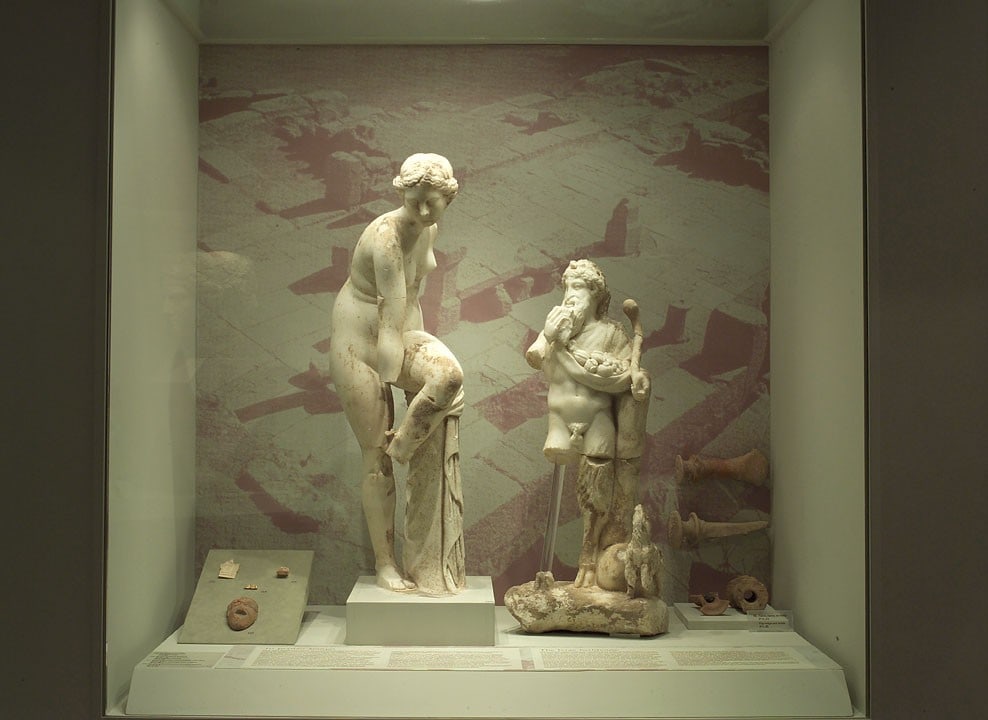Eleutherna
Polis - Acropolis - Necropolis
ARCHAEOLOGICAL EXHIBITION
DECEMBER 1, 2004 UNTIL SEPTEMBER 1, 2005

THE EXHIBITION
In this way, the visitor was invited to explore the transformations of a society through time, under the influence of varied social, economic and political conditions.
Located on the northern foothills of Mount Ida, at the heartland of Crete, 25 km from the town of Rethymno and 5 km from the Monastery of Arkadi (well known for its participation in the Cretan independence war), Eleutherna remains unspoiled by modern development and has been designated as an “area of outstanding natural beauty” (1973) and archaeological interest.
Archaeological work on three separate excavation sectors (supervised respectively by professors P. Themelis, A. Kalpaxis, and N. Stampolidis) has yielded hundreds of thousands of finds.
Approximately 500 of them, unearthed from houses, shrines, temples, forums, and cemeteries, have been selected for this exhibition, in order to shed light on every aspect of public and private life, including religious practices, social and political performance, everyday activities and burial customs.
LAYOUT OF THE EXHIBITION
Polis (City), Acropolis and Necropolis, the two former representing the realm of daily life (public and private), the latter approaching aspects of the afterlife.
Polis
Acropolis
Necropolis
AUDIOVISUAL MATERIAL
In addition to detailed wall texts, visitors could watch a film of an experimental reconstruction of a cremation on a “Homeric” funeral pyre. The detailed catalogue of the exhibition is, also, available in Greek and English.
Concept & Coordination
Director of the Museum of Cycladic Art
Yorgos Tassoulas
Curator of Antiquities, MCA